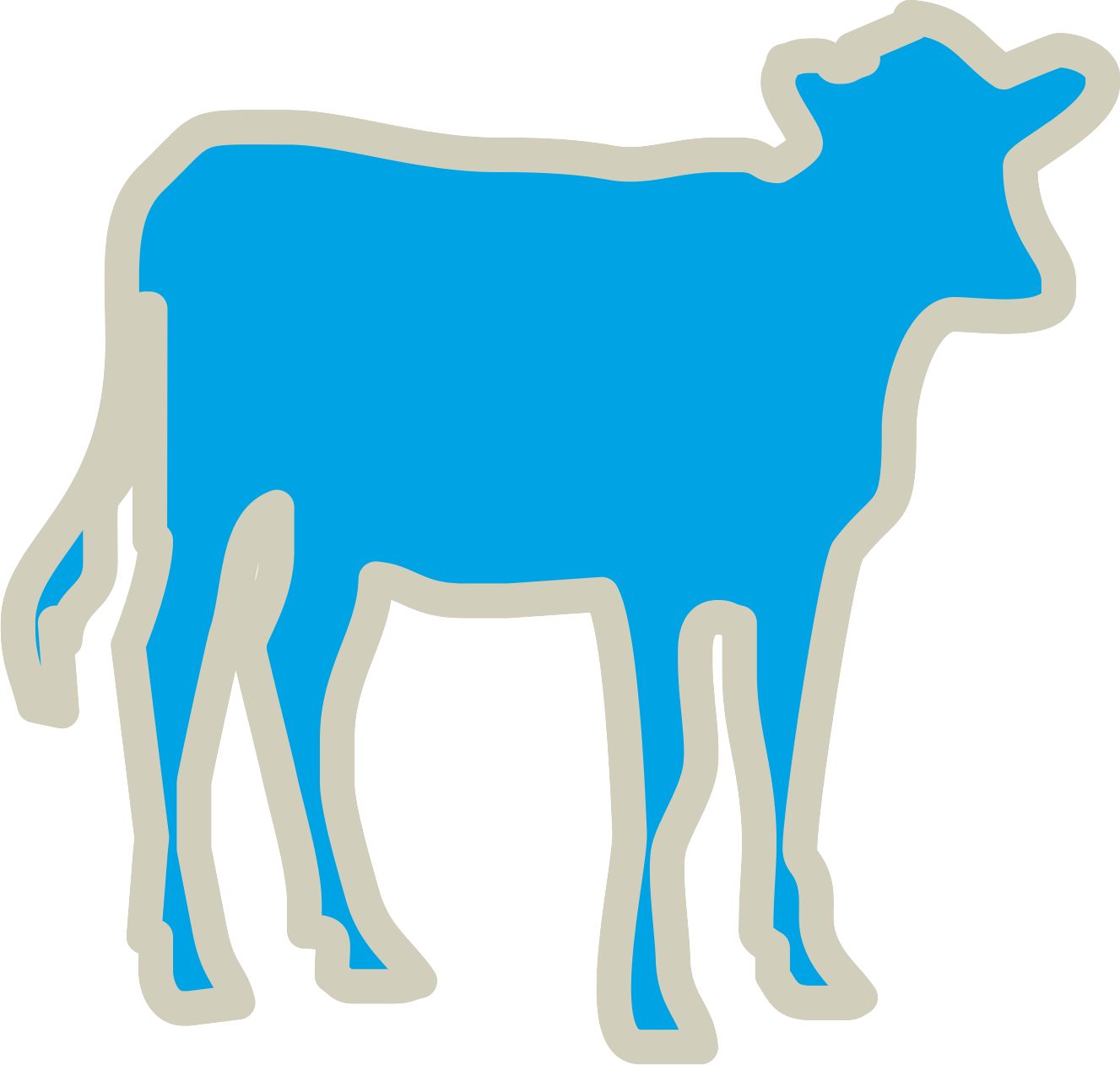Dietary fiber and its effect on pregnant and lactating females
This is a new concept. Dietary fiber is the sum of plant components in the diet, which is resistant to the enzymatic hydrolysis of the digestive system. It is also recognized as a substrate for bacterial fermentation with the ability to interact with the microflora and the mucosa of the entire intestinal gastrointestinal tract (GIT). This dietary fiber has a soluble and an insoluble portion.
Dietary fiber (FD) is able to hydrate, absorb water and retain it, increases the viscosity of the medium in which it is found when exposed to water.
The reduction in gastric emptying speed due to the effect of soluble dietary fiber is a nutritional advantage for pregnant sows, because it increases the sensation of satiety, reduces stress and aggression. This result is reflected in a greater number of live births.
Schrama et.al in 1996, showed that foods containing high fiber levels reduced the physical activity of animals. These tests were performed mostly in adult animals.
On the other hand, the addition of portions of insoluble dietary fiber can help to accelerate the gastric and intestinal emptying, favoring the sensation of hunger, helping to improve the consumption of lactating sows. This effect, with an adequate diet, would favor the milk production and the maintenance of the corporal condition of the weaned sow.
It is recognized that there is energy in dietary fiber, although it is reduced, especially when comparing the digestibility of PNA (non-starchy polysaccharides) with corn starch. The energy of the FD is obtained by means of the enzymatic action (glucose, fructose and galactose are released), and by bacterial fermentation (lactic acid, short chain fatty acids, etc.).
One of its benefits is the reduction of environmental pollution, since the microorganisms at the intestinal level take excess nitrogen from the protein metabolism and during the fermentation processes of the fiber synthesize the microbial protein, reducing the excretion of nitrogen.
The most suitable animals to take advantage of the use of fibrous food are the breeders, due to the digestive development they present, due to their age, live weight and the anabolism they produce during pregnancy, which increases the processes of synthesis and assimilation.
Advantage
- Excellent source of dietary fiber (FD) for good intestinal health of pregnant and lactating females.
- Provides good levels of vitamin A and D in addition to Calcium and phosphorus much needed for breeding females.
- Low stress caused by confinement in intensive systems (closed cycle).
- Reduction of environmental pollution due to lower nitrogen excretion.
- Improvement in the absorption of trace minerals.
- Reduces moisture in the stool especially in systems under intensive confinement.
TRADITIONAL PREGNANT AND LACTATING SOWS FORMULATIONS
| RAW MATERIALS | Gestation | Gestation | Gestation | Gestation | Lactation | Lactation | Lactation | Lactation |
| Common ground corn | 70 | 69 | 67,5 | 66 | 62 | 62 | 62 | 62 |
| Soy expeller 41 | 15,5 | 15 | 14,5 | 14 | 33 | 32 | 31 | 30 |
| Dehydrated alfalfa | 11,5 | 13 | 15 | 17 | 2 | 3 | 4 | 5 |
| Premix breeders | 3 | 3 | 3 | 3 | 3 | 3 | 3 | 3 |
| Total in percentages (%)= | 100 | 100 | 100 | 100 | 100 | 100 | 100 | 100 |
| NUTRITIONAL VALUES | Gestation | Gestation | Gestation | Gestation | Lactation | Lactation | Lactation | Lactation |
| Gross protein (minimum) | 14% | 14% | 14% | 14% | 19,00% | 18,60% | 18,40% | 18% |
| Fatty matter (minimum) | 4% | 4% | 4% | 3.9% | 5% | 4.9% | 4.9% | 4.8% |
| Metabolizable Energy R. | 3155 kcal | 3130 kcal | 3100 kcal | 3070 kcal | 3325 kcal | 3310 kcal | 3290 kcal | 3275 kcal |
| Total gross fiber | 5.5% | 5.8% | 6.2% | 6.7% | 4% | 4.3% | 4.5% | 4.6% |
| Total calcium (average) | 1% | 1% | 1.1% | 1.1% | 0.95% | 0.96% | 0.97% | 1% |
| Total phosphorus (average) | 0.35% | 0.35% | 0.35% | 0.35% | 0.36% | 0.36% | 0.36% | 0.36% |
| Total ash | 3.1% | 3.2% | 3.4% | 3.5% | 2.85% | 2.9% | 2.98% | 3% |
| Total digestive nutrients | 86% | 86% | 86% | 86% | 89% | 89% | 89% | 89% |







